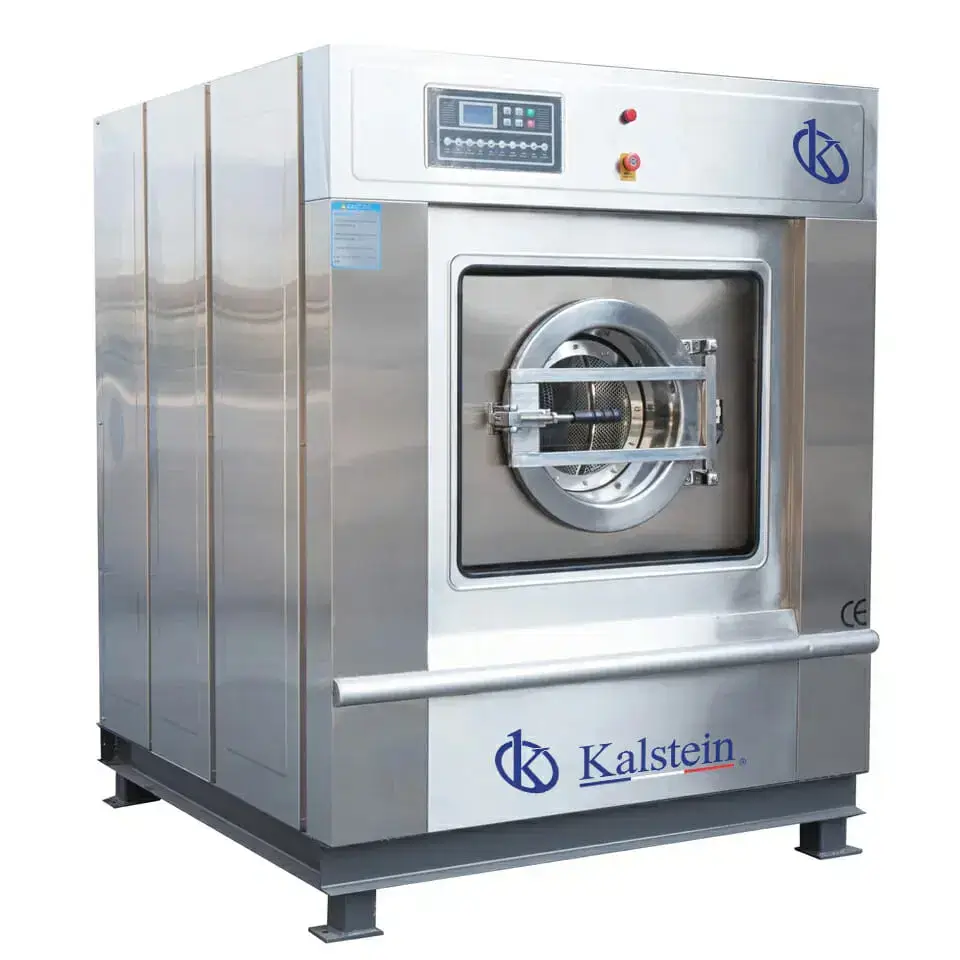Pulse oximetry is a way of measuring how much oxygen your blood contains. Thanks to a small device called a pulse oximeter it is possible to measure the oxygen levels in your blood without having to prick it with a needle. The level of blood oxygen calculated with an oximeter is called the “oxygen saturation level” (abbreviated as SatO2). This percentage indicates how much oxygen your blood carries in relation to the maximum it would be able to transport. Under normal circumstances, more than 89% of your red blood cells should contain oxygen.
Why is it important to check blood oxygen levels?
If you have a lung disorder, your blood oxygen levels may be lower than normal. It is important to know because when your blood oxygen level is low in the cells of your body, you may have difficulty fulfilling your functions properly. Oxygen is the “fuel” of the body, and when it lacks “fuel” the body does not work well. Low oxygen levels can also affect the heart and brain. Most people need a minimum oxygen saturation level of 89% for their cells to stay healthy. It is considered that having lower levels of blood oxygen saturation for a short period of time does not cause damage; However, if this happens frequently, it can damage or cause excessive strain on your body’s cells. If your oxygen level is low by breathing the ambient air, you may be instructed to use supplemental (additional) oxygen.
The oximeter can be used to determine how much oxygen you need and when you may need it. For example, some people need more oxygen when they sleep than when they are awake, and others need more oxygen when they are active than when they are at rest.
How does a pulse oximeter work?
The pulse oximeter can be presented as a small device with a built-in clamp to fit on a finger or toe, or as a small portable device with a sensor connected to a cable that can be attached or applied on a finger, both the hand as of the foot, or in the earlobe. The small device is cheaper and more practical for home use. This device emits light rays that pass through the blood in your finger (or earlobe) to measure oxygen levels. You will not feel anything. A “reading” of the light rays is done to calculate the percentage of your blood that contains oxygen. The oximeter also indicates your heart rate (pulse). To make sure the oximeter is measuring correctly, count your pulse for one minute and compare the resulting number with the reading on the oximeter. If they are the same, it is a good sign.
How accurate is the pulse oximeter?
The level of oxygen obtained with a pulse oxygen is reasonably accurate. The majority of oximeters mark 2% above or below the saturation level obtained by means of arterial gasometry; This means that if your oxygen saturation level measured with a pulse oximeter is 92%, it can actually be between 90 or 94%.
These are some of the cases in which the results obtained with the oximeter can be useful:
• When you are prescribed oxygen for the first time. Oximeter readings help your doctor know if your oxygen saturation levels change, and to what extent, during your activities at home.
• During exercise or immediately after. The body needs more oxygen when it is moving. Checking your oxygen saturation level when doing physical activity can reveal if you have low oxygen levels that may not occur at rest. Your doctor will help you decide what to do if you have oxygenation problems during exercise.
• If you plan to fly or travel to a place at high altitude, since your need for supplemental oxygen may increase in these circumstances.
In Kalstein we offer you this excellent pulse oximeter, so we invite you to take a look HERE



